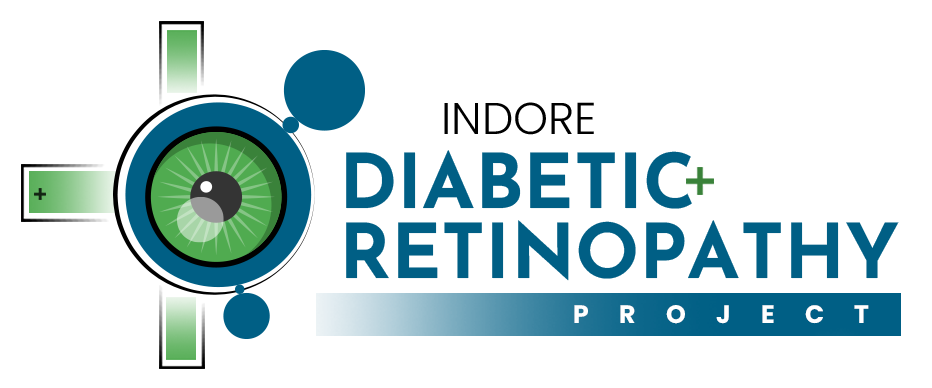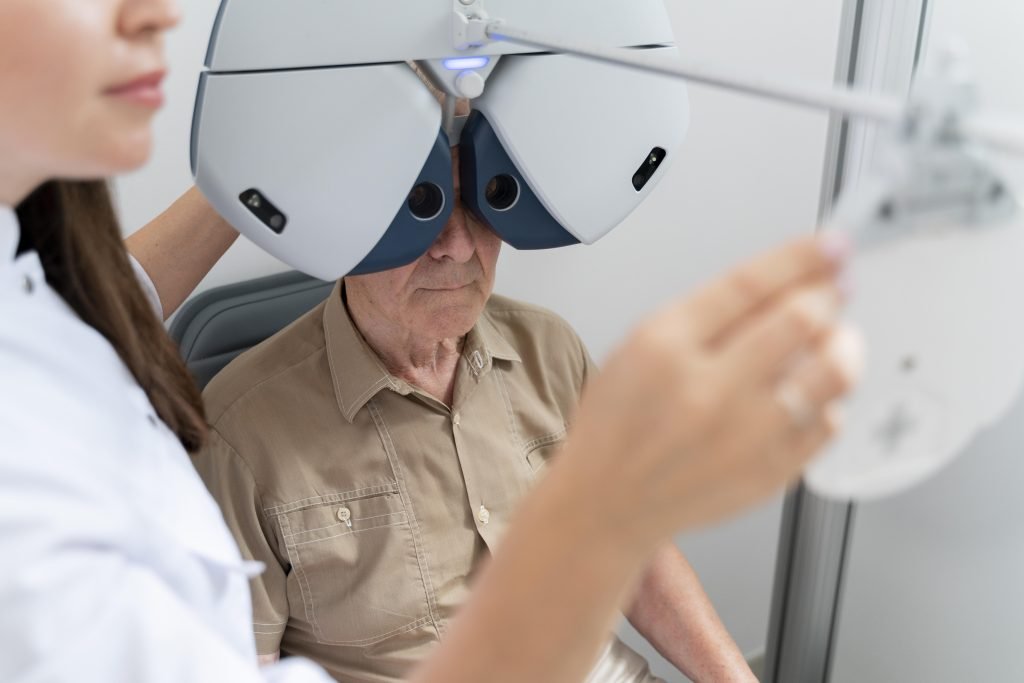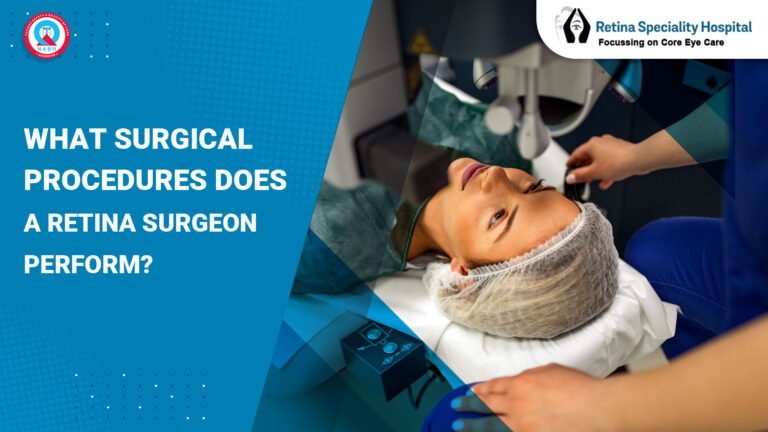Introduction
Recovering from a vitrectomy can be challenging, especially if you’re unsure about the dos and don’ts during the healing process. If you’ve recently had this surgery, you may be wondering which activities are safe and which could impact your recovery. This post outlines key things to avoid after a vitrectomy, helping to ensure a smooth healing process and reduce complications.
At Retina Speciality Hospital, we understand the importance of a safe and effective recovery. Read on to learn the essential steps you should follow to protect your vision and enhance healing.
What You Should Avoid After a Vitrectomy
1. Avoid Heavy Lifting and Strenuous Exercise
After a vitrectomy, strenuous activities can increase intraocular pressure, potentially harming your eye. Here’s what you should keep in mind:
- Avoid lifting heavy objects (over 10 pounds) for at least a few weeks.
- Limit physical activities like running, bending, or any exercise that involves sudden movements.
Sticking to light activities will help protect the eye and support healing.
2. Refrain from Rubbing or Pressing on Your Eye
Rubbing or pressing on your eye can dislodge the healing retina and cause additional complications. If your eye feels itchy or irritated:
- Use prescribed eye drops to relieve discomfort.
- Avoid touching your eye area as much as possible.
3. Don’t Skip Your Follow-Up Appointments
Regular follow-ups are essential for monitoring healing and preventing any possible complications.
- Attend all scheduled appointments to track your progress.
- Your eye specialist can adjust your care plan if they detect any issues early.
4. Steer Clear of Swimming and Hot Tubs
Pools, hot tubs, and other water sources can expose your eye to bacteria, increasing the risk of infection. For at least a month:
- Avoid swimming and hot tubs to prevent bacterial contamination.
- When showering, keep your eye shielded to avoid water contact.
Additional Tips for a Safe Vitrectomy Recovery
- Sleep Positioning: Follow your doctor’s advice on specific sleeping positions, such as lying face down, to aid healing.
- Wear Protective Eyewear: To prevent accidental bumps or debris from entering your eye, wear protective glasses.
- Avoid Air Travel: Air travel can increase intraocular pressure; discuss travel plans with your doctor.
FAQs about Vitrectomy Recovery
How long does vitrectomy recovery take?
Recovery can vary but typically takes several weeks to months. Follow your doctor’s guidance for best results.
When can I resume normal activities?
Light activities may be resumed in a few weeks, but strenuous activities might require additional time. Always consult your eye specialist before resuming.
Conclusion
Healing after a vitrectomy is essential to restore your vision safely. By avoiding certain activities and following these recovery tips, you’ll enhance your chances of a successful outcome. If you have any questions or concerns, Retina Speciality Hospital is here to support you through your recovery journey.
Need more information? Explore our other resources on eye health, or contact Retina Speciality Hospital to speak with an expert.












